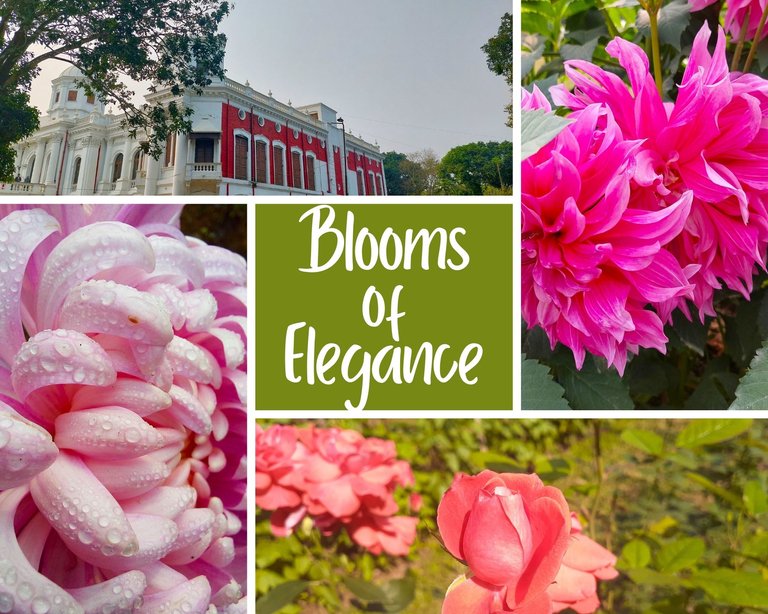
Rangpur, a city of Bangladesh steeped in history and cultural richness, boasts a gem that stands as a testament to its glorious past – the 'Tajhat Palace.' This old palace, now repurposed as a museum, has become a focal point for locals and tourists alike, drawing them into its white-washed allure and captivating gardens.
The 'Tajhat Jamindar Bari/Palace' serves as a symbol of the district, preserving the heritage of a bygone era. Upon entering the premises, visitors are greeted not only by the grandeur of the palace but also by the enchanting beauty of its well-tended gardens.
The lush greenery and vibrant blooms create a harmonious blend that sets the scene for a delightful exploration. Let me give you a glimpse.
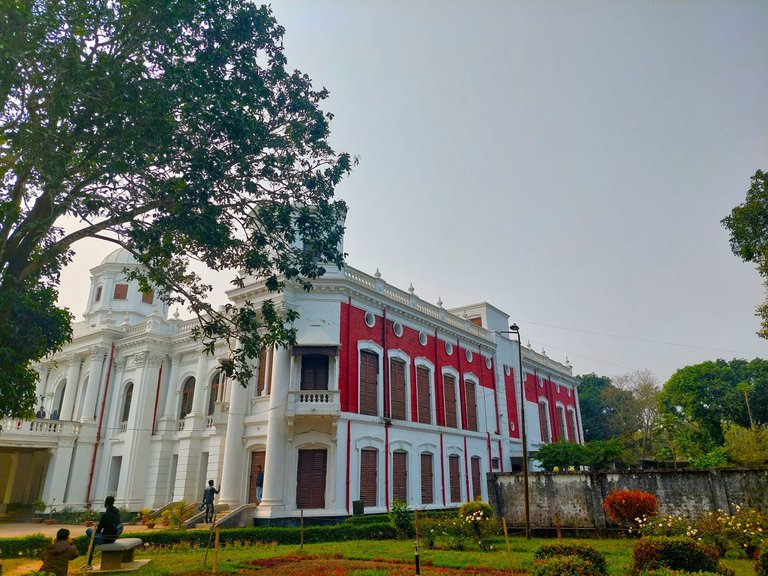
As one steps into the front yard, a mesmerizing display of thousands of flowers unfolds, emanating a fragrant invitation.
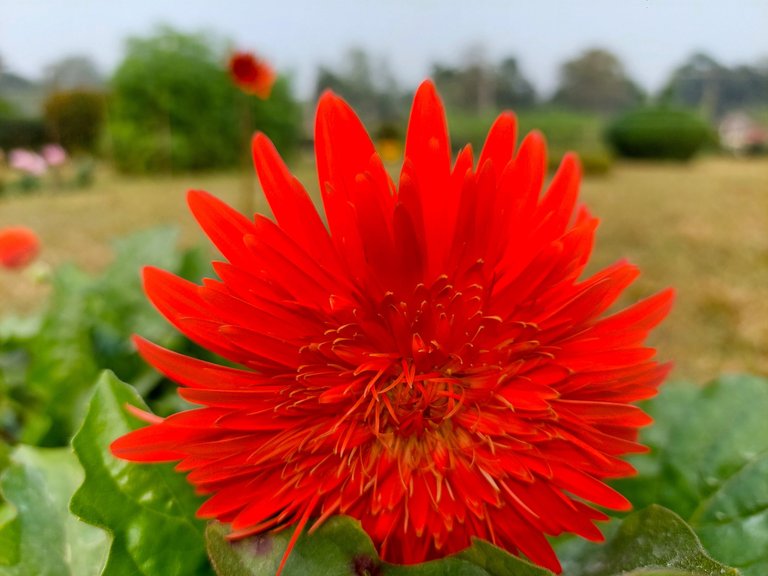
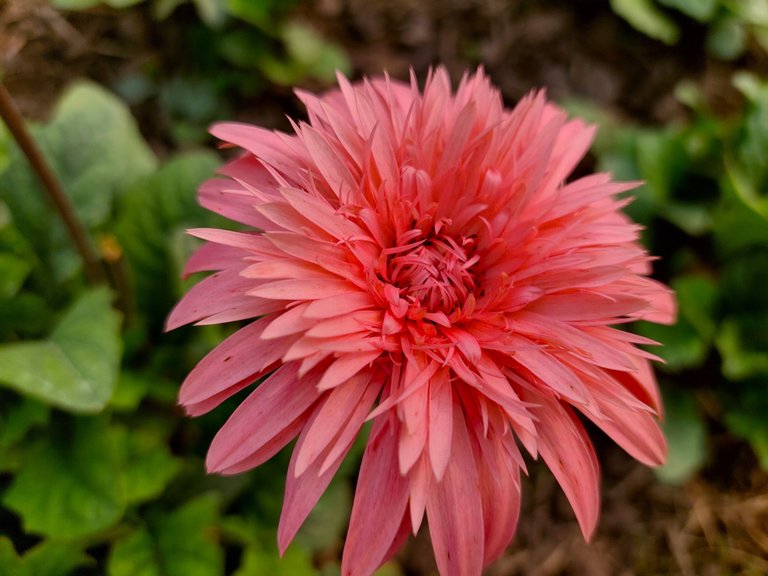
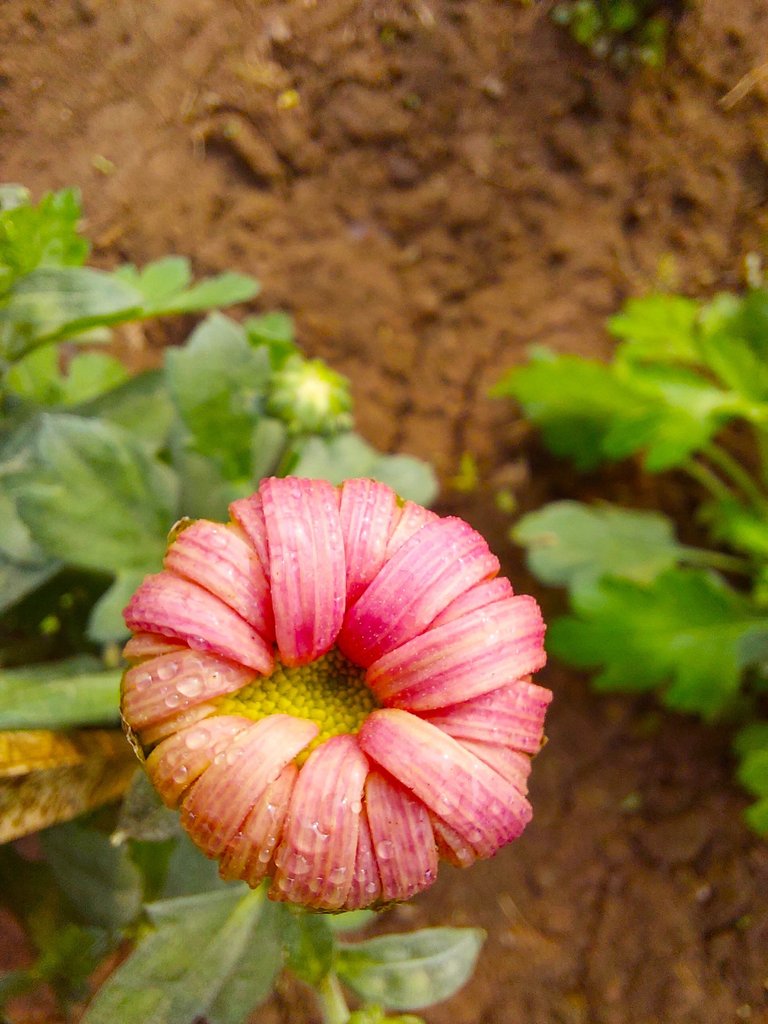
The air carries the sweet scent of blossoms, creating an immersive experience that engages the senses. The meticulous care taken in maintaining the garden is evident, transforming it into a haven of tranquility amidst the bustling city.
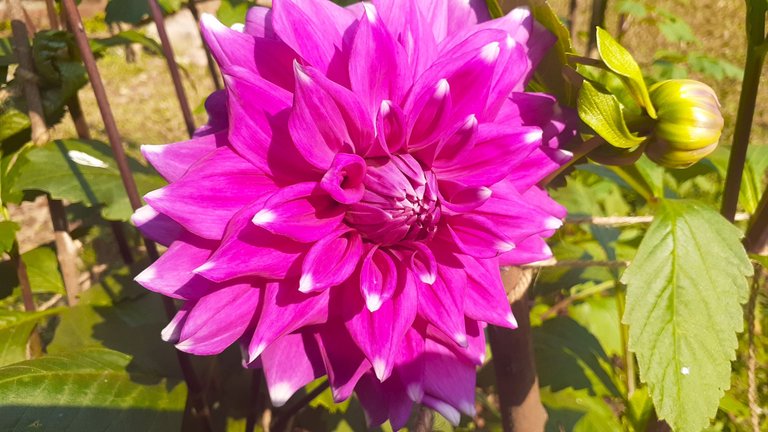
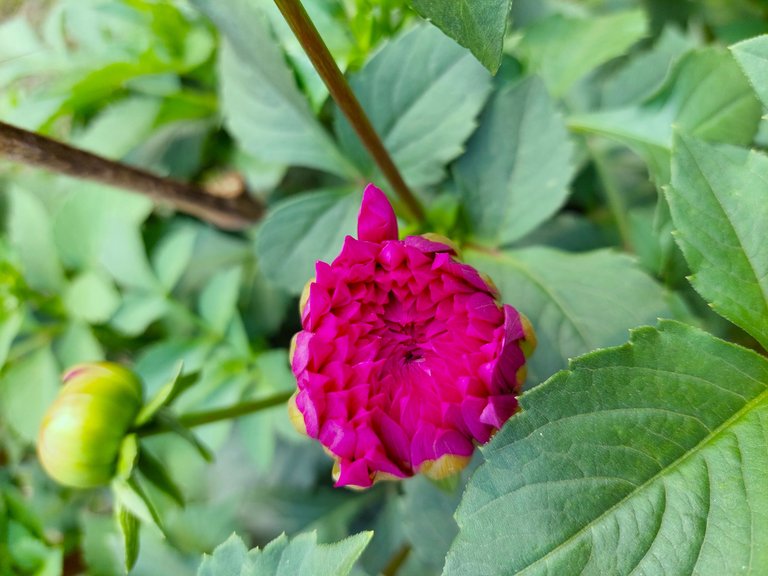
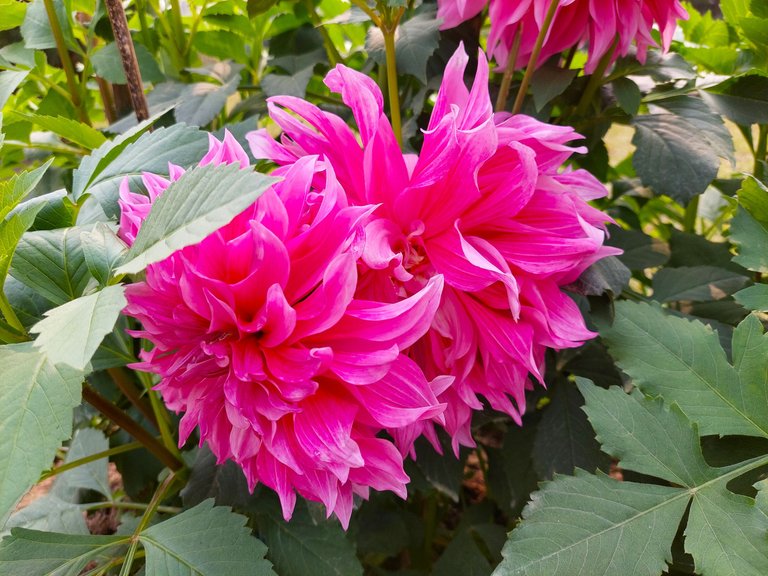
Winter in the region presents a unique opportunity for the garden to showcase an abundance of blooms. Unlike the scorching summer months, the milder winter climate allows for the cultivation of a diverse range of flowers. In the 'Tajhat Jamindar Bari,' the presence of hundreds of different varieties becomes a visual feast for visitors.
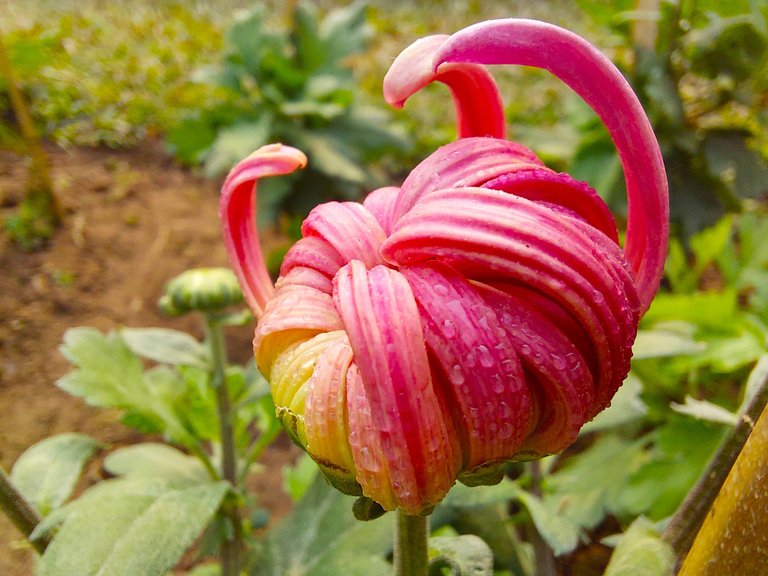
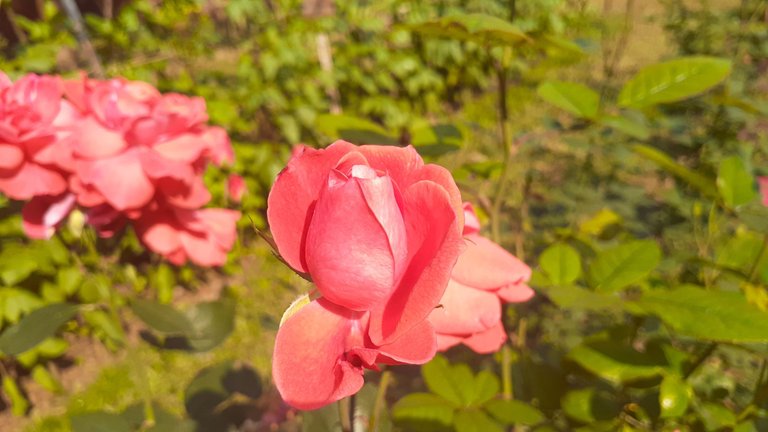
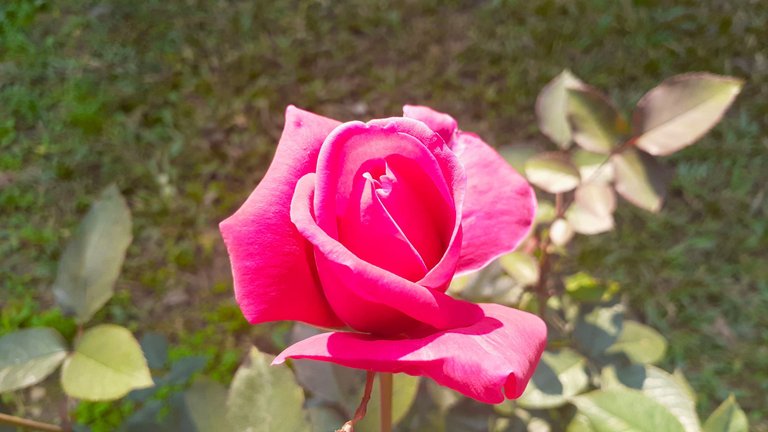
Among the myriad of flowers, the roses and Dahlias stand out, their colors adding a burst of vibrancy to the landscape. While the garden boasts an array of hues, the pink blossoms, in particular, become a focal point of admiration. Attempting to capture their beauty through the lens of a mobile camera – in this case, the Samsung A52S – becomes an endeavor to freeze a moment of natural splendor.
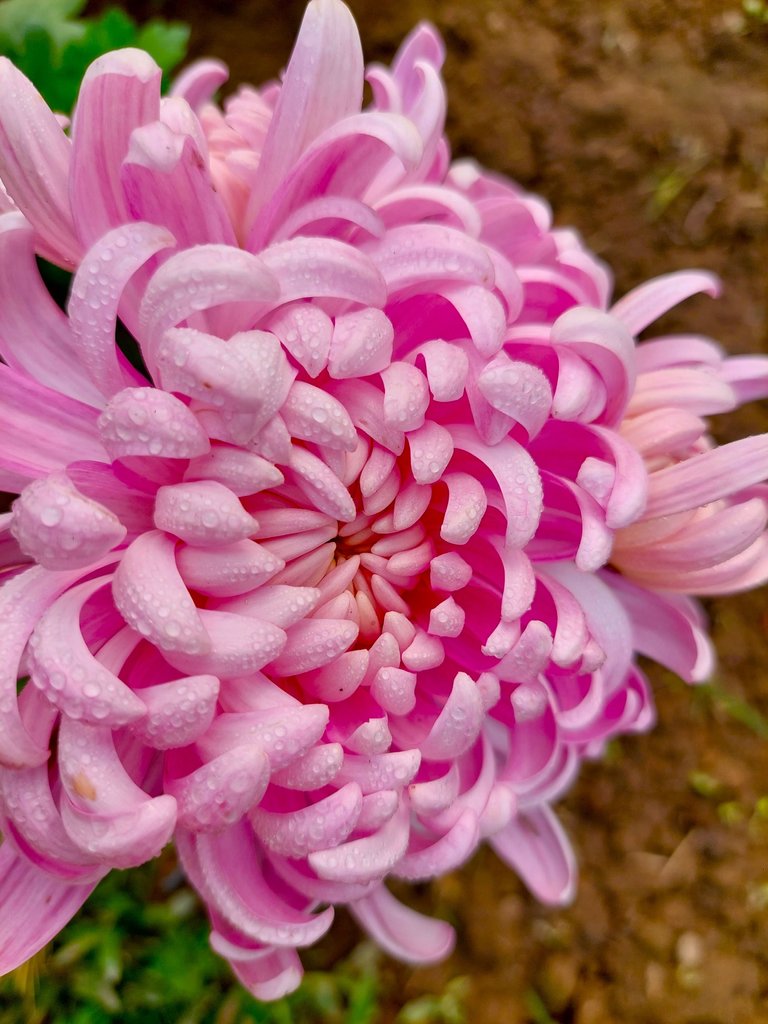
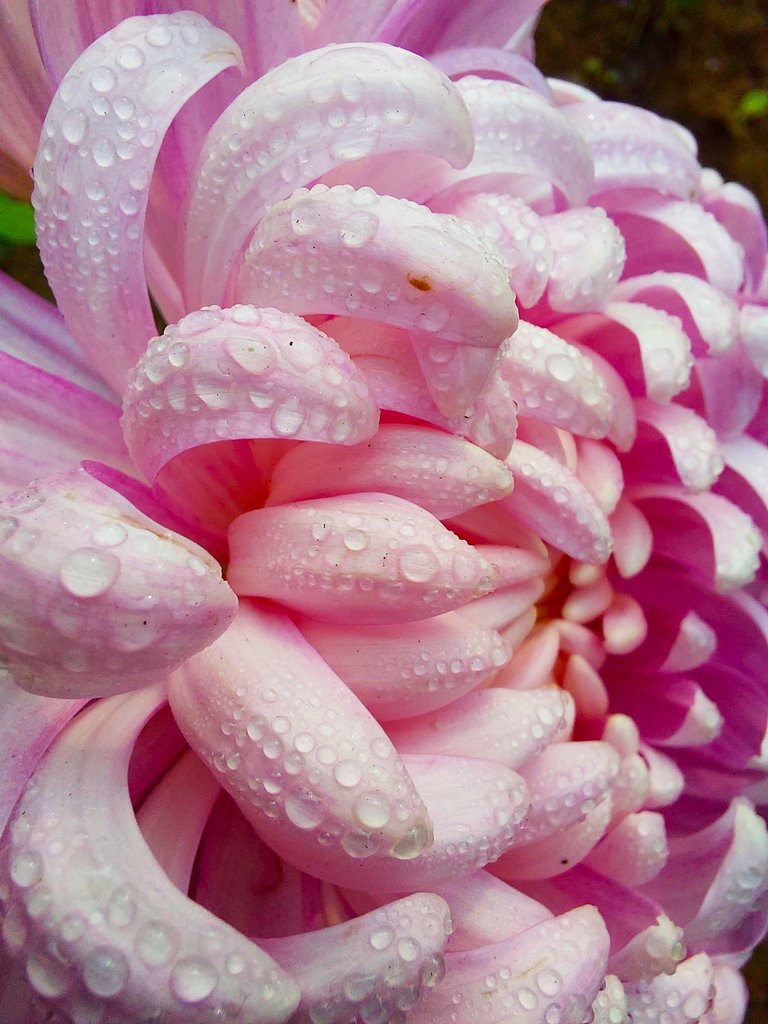
The palace, with its architectural significance, and the meticulously curated garden offer a glimpse into a time when aesthetics and nature coexisted seamlessly.
In the tranquility of the garden, amidst the blooms and buzzing of pollinators, visitors can find a brief escape from the demands of contemporary life. It's a place where history and nature converge, creating an oasis that speaks to the enduring legacy of Rangpur and its cultural heritage.
Visitors can carry with them not only the visual memories of a picturesque garden but also a sense of connection to the roots of the city. The palace may have transformed into a museum, but its gardens remain a living testament to the beauty that transcends time, inviting each passerby to immerse themselves in the allure of Rangpur's history and natural splendor.
